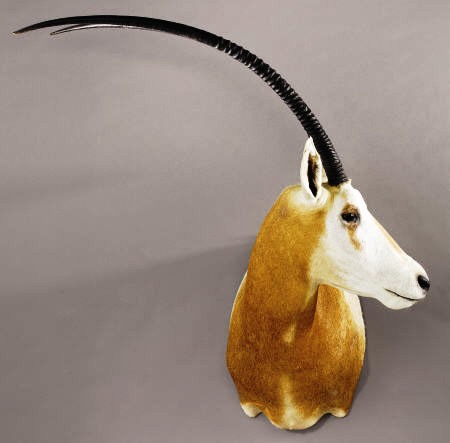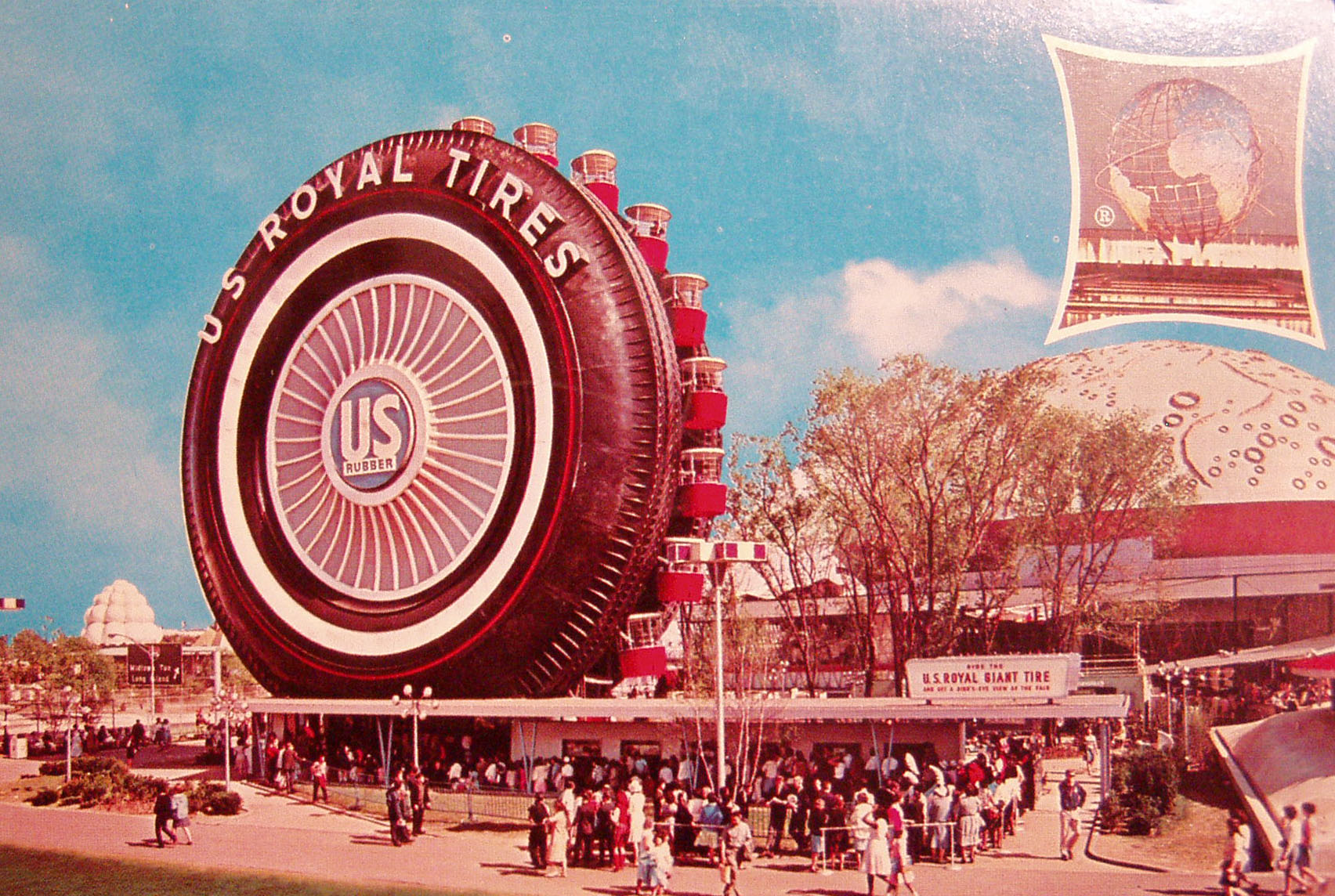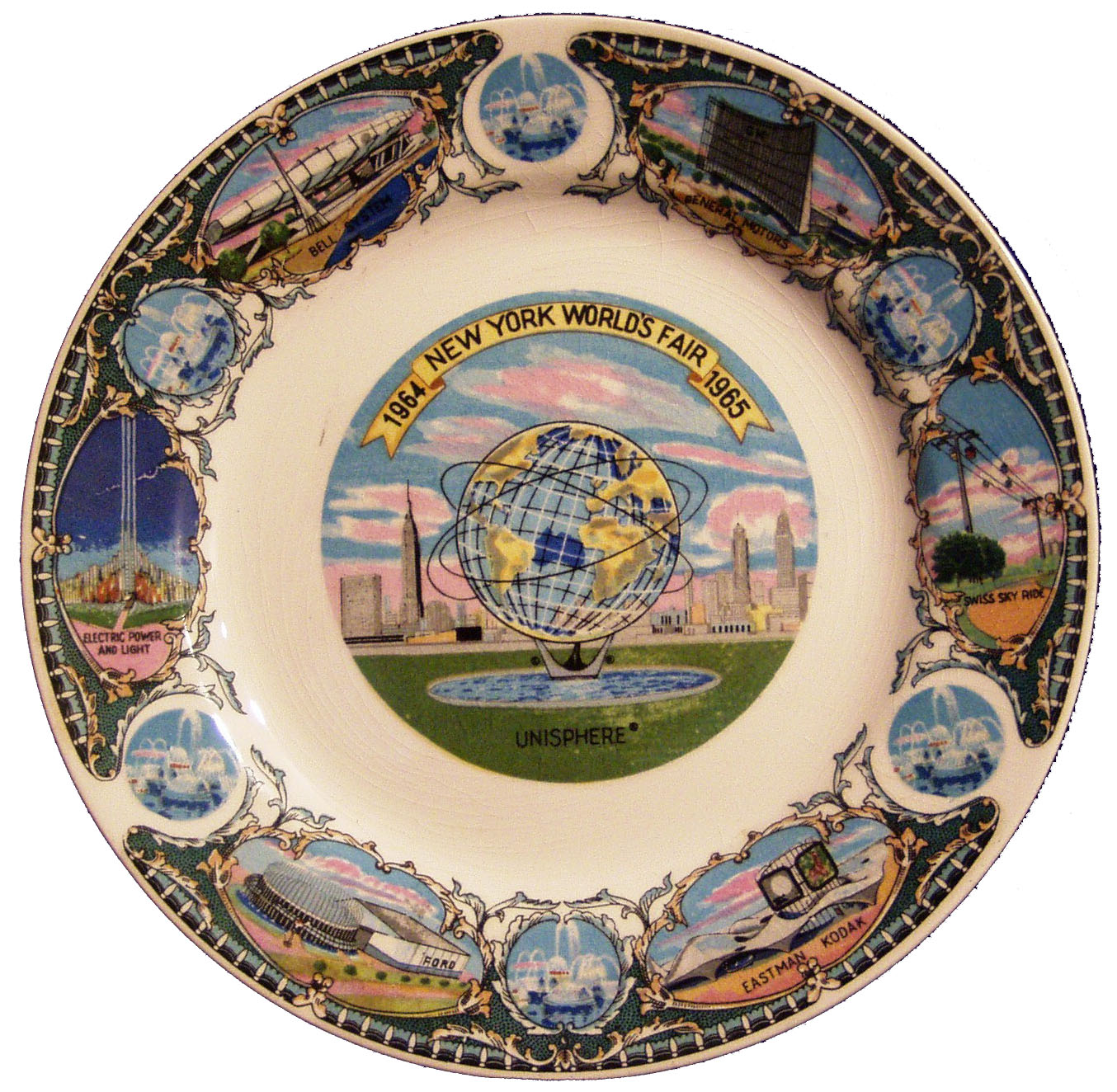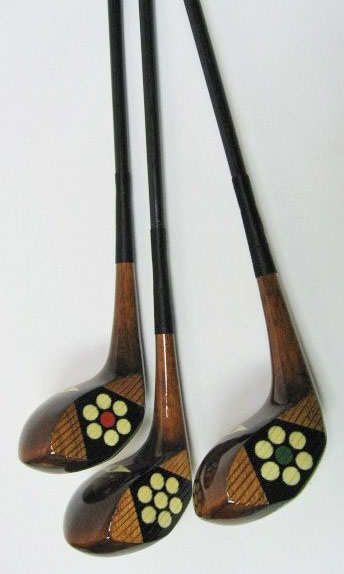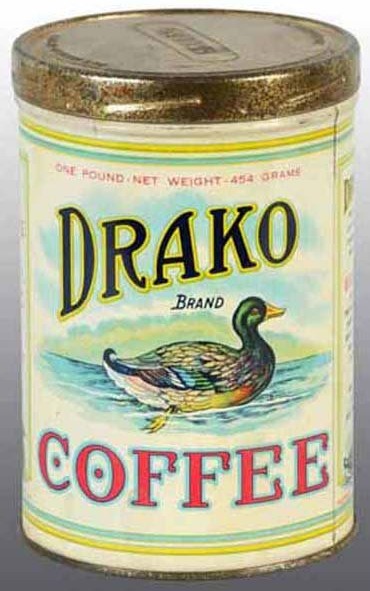It’s a lovely time of year and I’d like to be able to enjoy the eight enormous windows in this house, but instead, I’m keeping my head down because during this lovely time of year, the woods (and my head) start to ring with gunfire. I’m sure everyone out there is positive that there’s a trophy buck just around the next tree, but honestly, I just want to shout out the window, “Go to an auction!” When you think about it, a trip to an auction offers a number of advantages – no risk of frostbite, a more comfortable seat, usually plenty of snacks available – and while it may not exactly be cheaper than ammunition, you can have the guarantee of a great trophy!
And why restrain yourself? For $500 to $1,000, you can have a respectable 10-point white-tail deer for your wall, but for the same amount of money, you could have a black bear rug, a wildebeest or even an scimitar-horned oryx (pictured above)! It’s possible to turn one’s home in a veritable natural history museum (or divest yourself of someone else’s collection), but there are some complexities to keep in mind. Taxidermy seems straightforward enough, but there are a large number of intricate laws involved from the hunting to the preparation to the selling and transporting. Federal permits (and occasionally additional state permits) are required to handle certain kinds of taxidermy, meaning that cleaning out Uncle Joe’s den can be more complicated than it might initially seem. For instance, some species, like foxes or coyotes, might require a permit for selling fur, and some states outright prohibit the sale or possession of certain animals, like mountain lions. And paperwork is crucial, because with any endangered species, it’s necessary to prove that they were killed before the date they were added to the endangered species list.
Then there are birds, which present a whole other set of concerns! You have laws governing migratory birds, state laws that protect individual species such as the state bird, federal laws that address birds of prey and American Indian ceremonial use of certain feathers, etc., etc., etc. (For example, possessing any part of a golden eagle can carry fines in excess of $10,000 and the potential for jail time. Doesn’t seem like much of a threat until you realize that you may not know exactly what feathers adorn the head of a Hopi katsina!) In the Victorian era, birds were often assembled in a naturalistic display in glass cases, and these seemingly simple specimens have become very complicated because the sale of the entire case can be affected by the presence of one bird deemed illegal for sale.
The majority of specimens aren’t a problem, because they’re commonplace creatures like white-tailed deer, but with more unusual creatures come more unusual problems. Because the laws are so complex and because there are laws at both the federal and state levels, it’s often best to make sure you talk with an expert. Consulting your local chapter of your state’s wildlife resources management office is a good place to start, as is an experienced and well-informed taxidermist. Such sales take place on a regular basis, so it’s just a matter of educating yourself!
-Hollie Davis, Senior Editor, p4A.com
To search the Prices4Antiques antiques reference database for valuation information on hundreds of thousands of antiques and fine art visit our homepage www.prices4antiques.com

